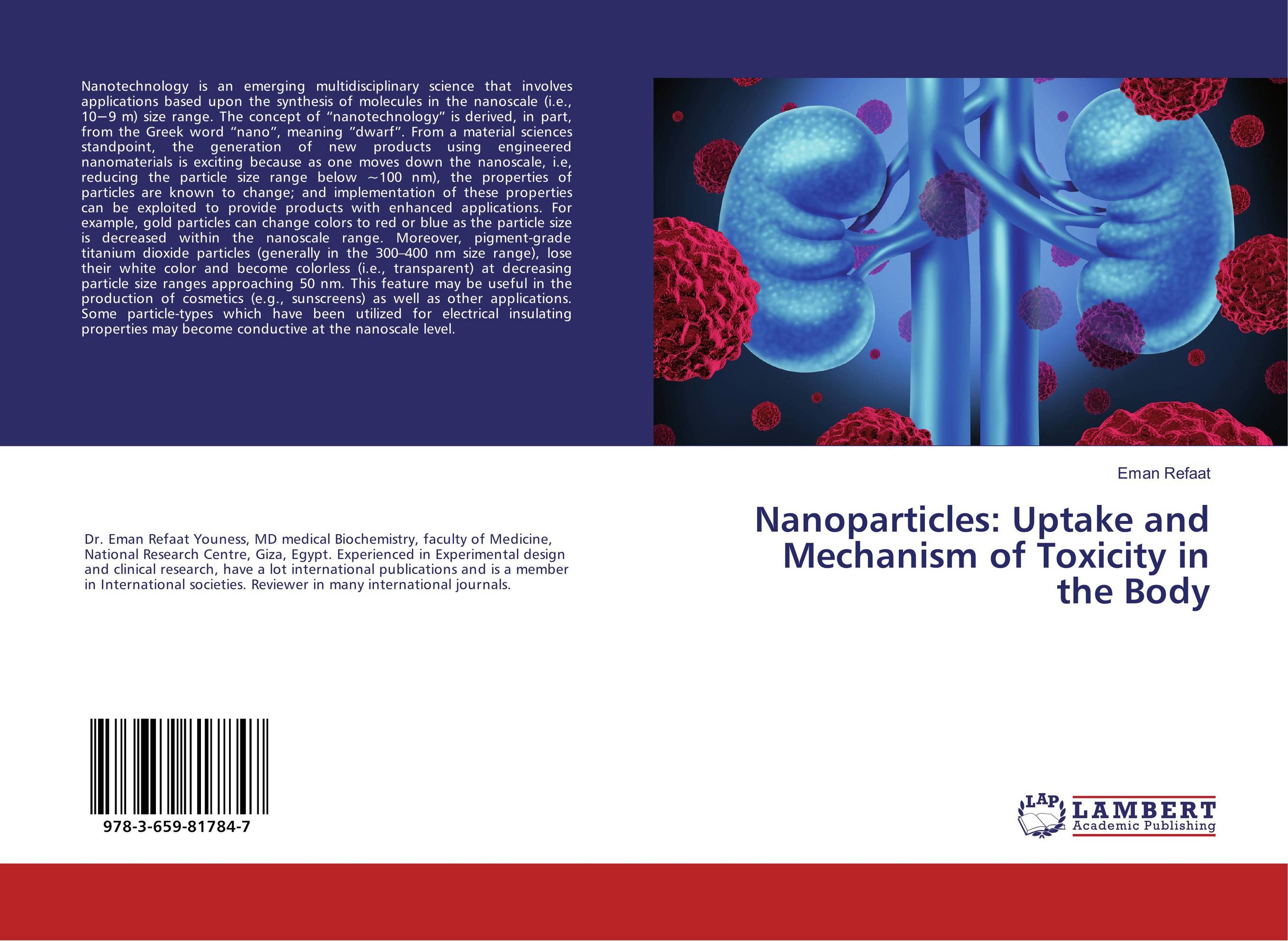| Поиск по каталогу |
|
(строгое соответствие)
|
- Профессиональная
- Научно-популярная
- Художественная
- Публицистика
- Детская
- Искусство
- Хобби, семья, дом
- Спорт
- Путеводители
- Блокноты, тетради, открытки
Nanoparticles: Uptake and Mechanism of Toxicity in the Body.

В наличии
| Местонахождение: Алматы | Состояние экземпляра: новый |

Бумажная
версия
версия
Автор: Eman Refaat
ISBN: 9783659817847
Год издания: 2016
Формат книги: 60×90/16 (145×215 мм)
Количество страниц: 76
Издательство: LAP LAMBERT Academic Publishing
Цена: 21841 тг
Положить в корзину
| Способы доставки в город Алматы * комплектация (срок до отгрузки) не более 2 рабочих дней |
| Самовывоз из города Алматы (пункты самовывоза партнёра CDEK) |
| Курьерская доставка CDEK из города Москва |
| Доставка Почтой России из города Москва |
Аннотация: Nanotechnology is an emerging multidisciplinary science that involves applications based upon the synthesis of molecules in the nanoscale (i.e., 10?9 m) size range. The concept of “nanotechnology” is derived, in part, from the Greek word “nano”, meaning ”dwarf”. From a material sciences standpoint, the generation of new products using engineered nanomaterials is exciting because as one moves down the nanoscale, i.e, reducing the particle size range below ~100 nm), the properties of particles are known to change; and implementation of these properties can be exploited to provide products with enhanced applications. For example, gold particles can change colors to red or blue as the particle size is decreased within the nanoscale range. Moreover, pigment-grade titanium dioxide particles (generally in the 300–400 nm size range), lose their white color and become colorless (i.e., transparent) at decreasing particle size ranges approaching 50 nm. This feature may be useful in the production of cosmetics (e.g., sunscreens) as well as other applications. Some particle-types which have been utilized for electrical insulating properties may become conductive at the nanoscale level.
Ключевые слова: Diseases, Nanoparticles



